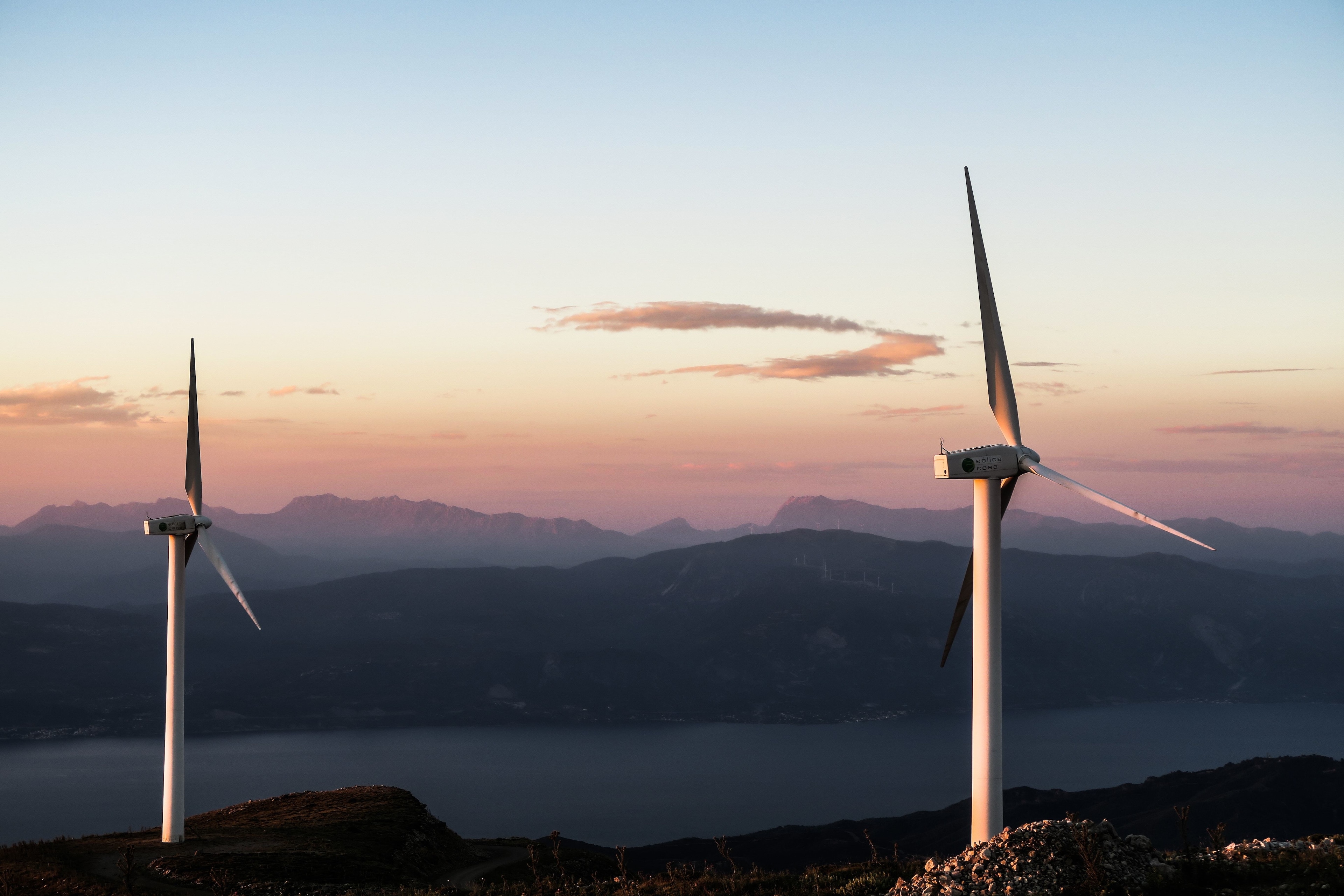Colombian cities gather green speed with electric buses

Colombia's city of Cali launches a fleet of 26 electric buses, September 2019. Image: Cali's mayor's office

Get involved with our crowdsourced digital platform to deliver impact at scale
Stay up to date:
Innovation
Buses belching black clouds of smoke in Colombia's city streets could gradually become a thing of the past as two major cities in the South American nation launch fleets of electric buses to curb air pollution and planet-warming carbon emissions.
Cali, Colombia's third-largest city, introduced the country's first fleet of electric buses earlier this month, with 26 now circulating in the southwestern city of 2.5 million people.
Another 110 battery-powered buses are slated to arrive at the end of year, according to Veronica Uribe, head of operations for Metro Cali, the city's bus system.
"For Cali, it has been important to change to a model of transport that is environmentally sustainable," Uribe told the Thomson Reuters Foundation.
"Electric energy is a source of energy we have to take advantage of. We aim to have a public transport system that has the least impact on the environment as possible," she said.
Funded by private bus operators and city hall, the buses can run up to 280 km (174 miles) without having to recharge.
TOXIC POLLUTION
As Latin American cities struggle to stem health-harming pollution, introducing cleaner transport that also cuts emissions is a strategy gaining support - and one largely being led by policy makers in city halls and municipal governments.
With technology for electric mobility improving and becoming cheaper, more countries in Central and South America - from Chile and Mexico, to Ecuador and Argentina - are pushing to replace their cities' diesel-run buses with electric ones over the next few decades.
But even as more cities adopt greener transport, investment in electric buses and other low-carbon technology needs to double over the next two decades globally, according to the World Resources Institute (WRI), a U.S.-based research group.
That is key to internationally agreed efforts to try to hold global warming to 1.5 degrees Celsius (2.7 degrees Fahrenheit), WRI noted.
Worldwide, cities account for about three-quarters of carbon emissions and consume more than two-thirds of energy, meaning their success or failure in reducing emissions will have a big impact on whether global warming can be kept to agreed limits.
Along with ensuring power grid upgrades and charging infrastructure is in place, finding long-term financing for cities to adopt electric bus fleets is a key challenge, according to WRI.
Electric buses typically cost two to three times more than diesel buses, it said.
MEDELLIN
In Colombia's second city of Medellin, city hall has financed a fleet of 64 electric buses, costing about $22 million. They will be rolled out in November, with electric taxis also taking to the streets this week.
According to Medellin's mayor, Federico Gutierrez, the bus project marks the first time a Latin American city has introduced an electric bus fleet fully funded with public money.
"More than a change of technology, this is a change of culture," said Gutierrez, during an event to mark the arrival of the buses from China earlier this week.
"We have to look after our planet. We all have a greater awareness that we need to take care of the environment," he said.
The electric bus fleet operating in the city of 4 million people will keep more than 3,000 tonnes of carbon dioxide out of the atmosphere each year, the mayor's office said.
Each bus, which can carry up to 90 passengers, takes two hours to charge at one of 16 stations across the city.
Have you read?
A full charge allows buses to operate for about 300 km (185 miles), which means they can run for a whole day without topping up.
Medellin aims "to be the capital of electric mobility in Latin America", Gutierrez said.
The two Colombian cities, however, face tough competition from Santiago, Chile's capital, which is today Latin America's electric bus leader.
With about 200 buses, Santiago has the largest electric fleet outside of global front-runner China, according to WRI.
Colombia's capital Bogota, however, hopes to claim that top slot in Latin America as early as next year.
In June, Bogota's mayor announced a tender to buy 594 electric buses, with an aim to start operating them in 2020 in the city, which also struggles with air pollution.
If successful, Bogota would boast the largest fleet of electric buses in Latin America, according to the mayor.
Don't miss any update on this topic
Create a free account and access your personalized content collection with our latest publications and analyses.
License and Republishing
World Economic Forum articles may be republished in accordance with the Creative Commons Attribution-NonCommercial-NoDerivatives 4.0 International Public License, and in accordance with our Terms of Use.
The views expressed in this article are those of the author alone and not the World Economic Forum.
The Agenda Weekly
A weekly update of the most important issues driving the global agenda
You can unsubscribe at any time using the link in our emails. For more details, review our privacy policy.
More on Climate ActionSee all
Kate Whiting
April 26, 2024
Santiago Gowland
April 24, 2024
Amanda Young and Ginelle Greene-Dewasmes
April 23, 2024
Andrea Willige
April 23, 2024
Agustin Rosello, Anali Bustos, Fernando Morales de Rueda, Jennifer Hong and Paula Sarigumba
April 23, 2024
Carlos Correa
April 22, 2024






